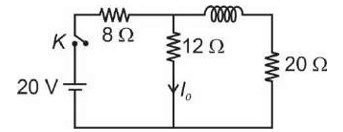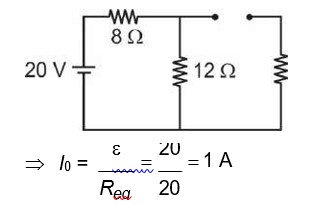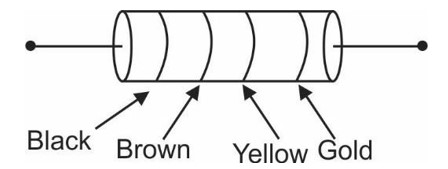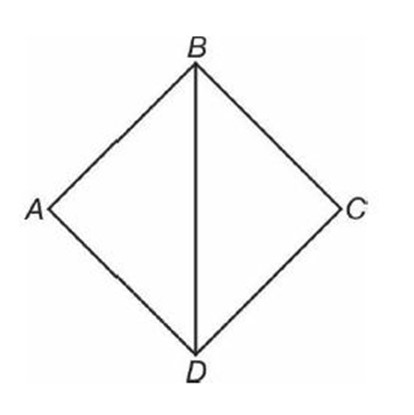Physics Current Electricity
Get insights from 213 questions on Physics Current Electricity, answered by students, alumni, and experts. You may also ask and answer any question you like about Physics Current Electricity
Follow Ask QuestionQuestions
Discussions
Active Users
Followers
New answer posted
2 months agoContributor-Level 10
When wire is stretched uniformly
When this elongated wire is cut into 5 parts, resistance of each part
Effective resistance between A and C
New answer posted
2 months agoContributor-Level 10
According to this chapter, a galvanometer is used to find and measure the small electric currents in a circuit. The principle that works in a galvanometer is the electromagnetic induction.
New answer posted
2 months agoContributor-Level 10
There are two types of electricity - Static and Current electricity. The electric charges buildup on a material's surface is called the static electricity. The continuous flow of electric charge is termed as the current electricity. Current electricity is of two types - Alternating Current (AC) and Direct Current (DC). In AC, the charge direction reverses periodically and in DC, charge flows in one direction.
Taking an Exam? Selecting a College?
Get authentic answers from experts, students and alumni that you won't find anywhere else
Sign Up on ShikshaOn Shiksha, get access to
- 65k Colleges
- 1.2k Exams
- 679k Reviews
- 1800k Answers










